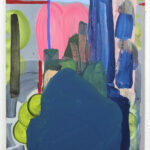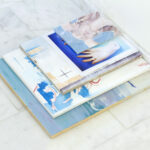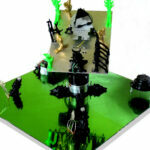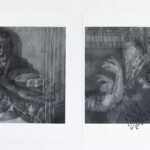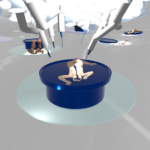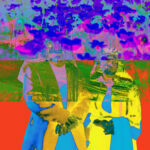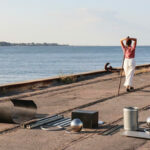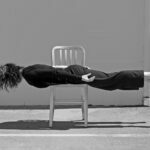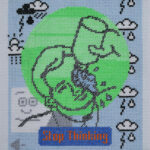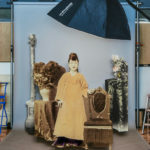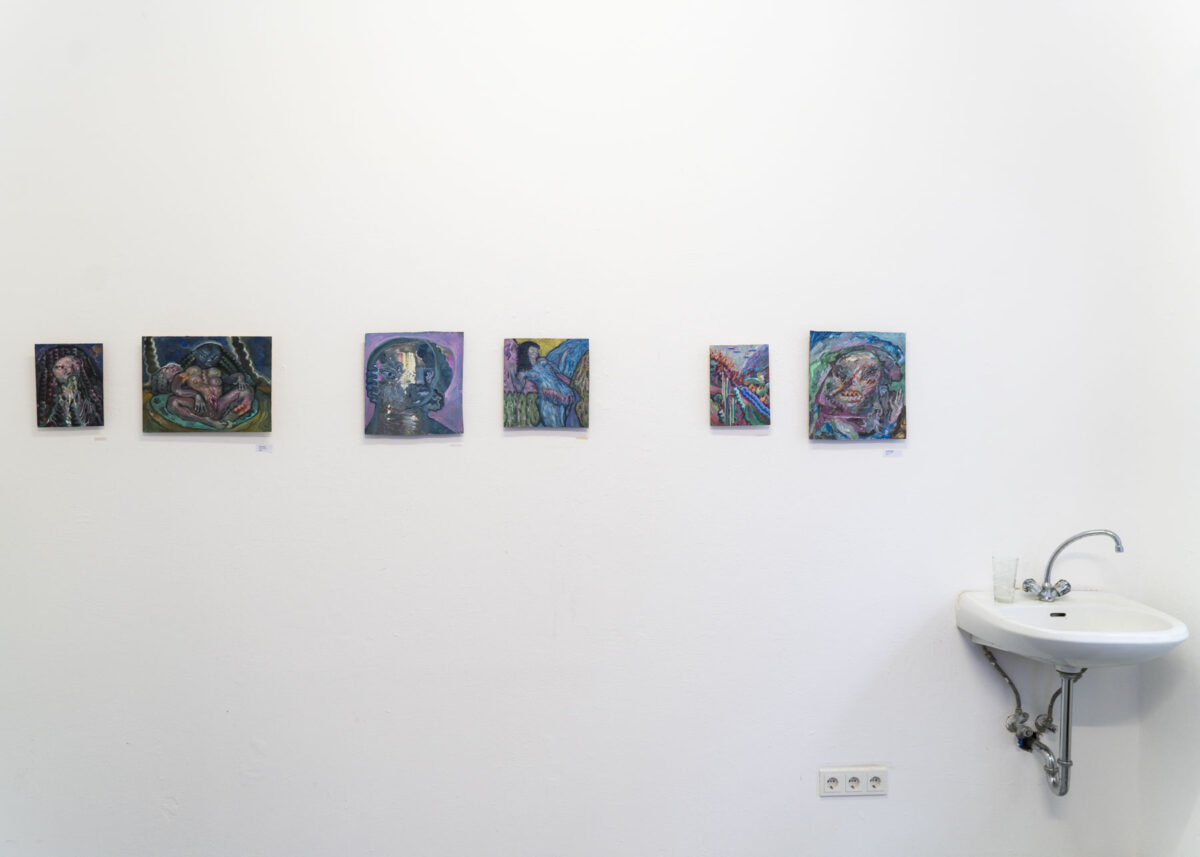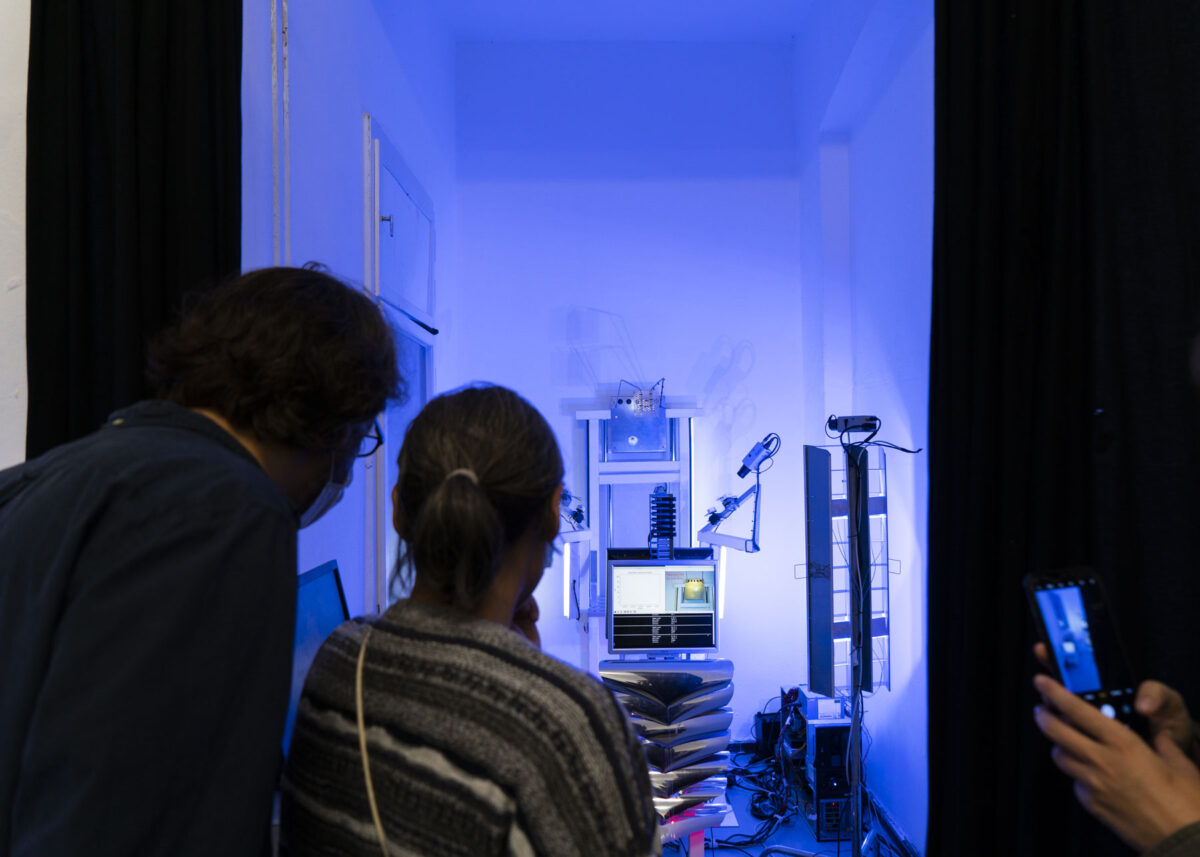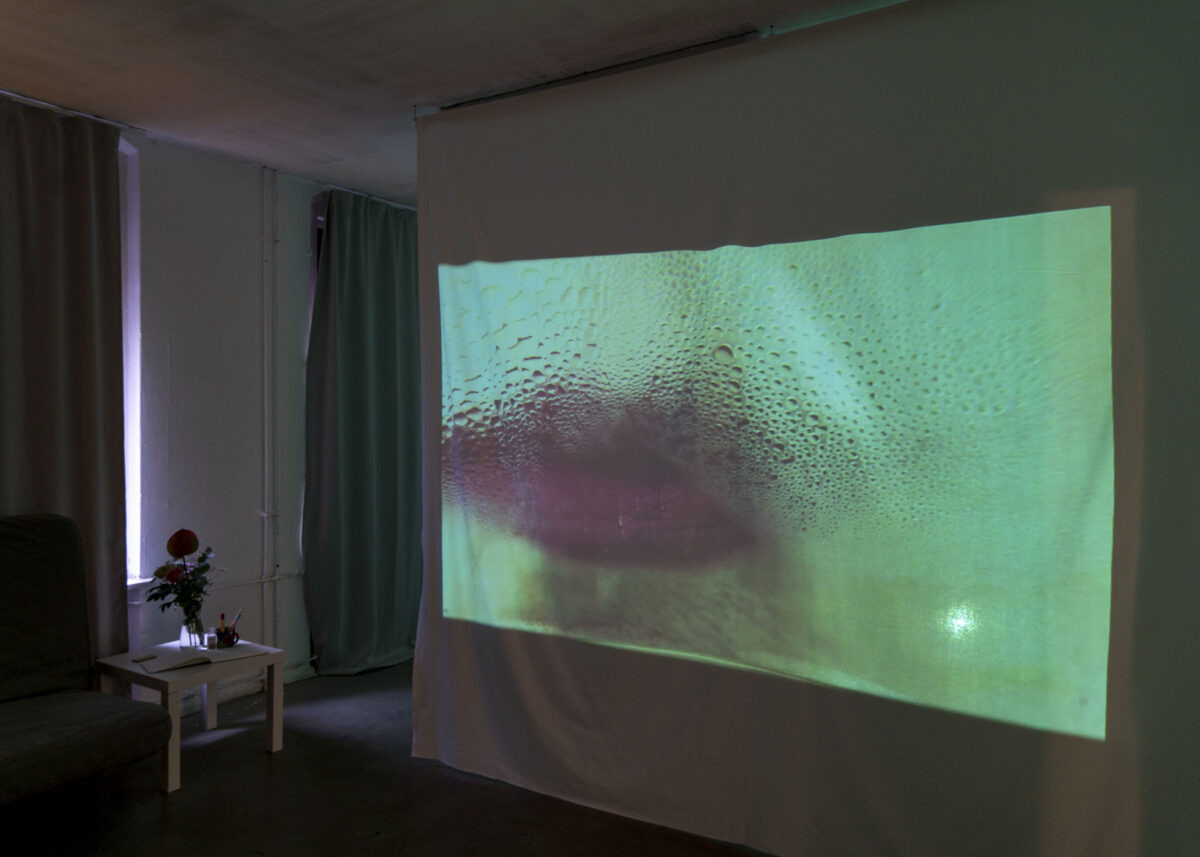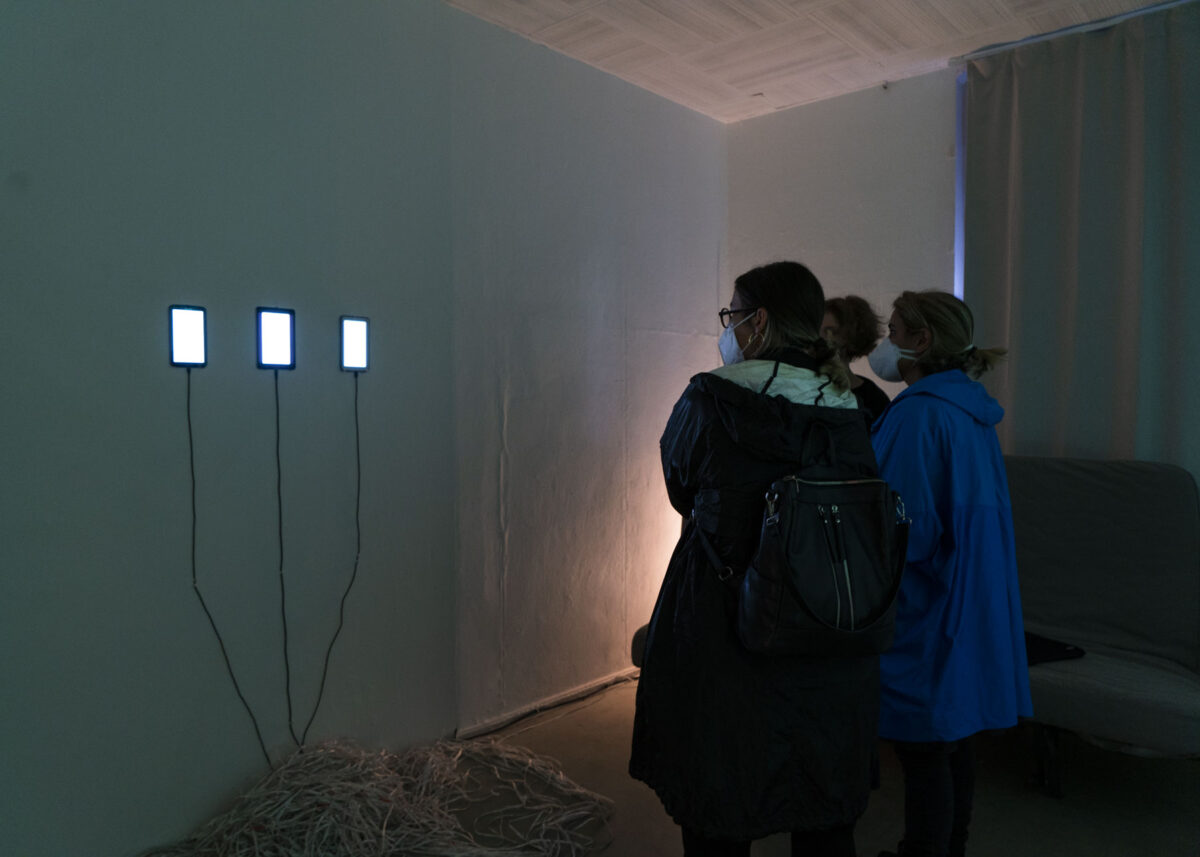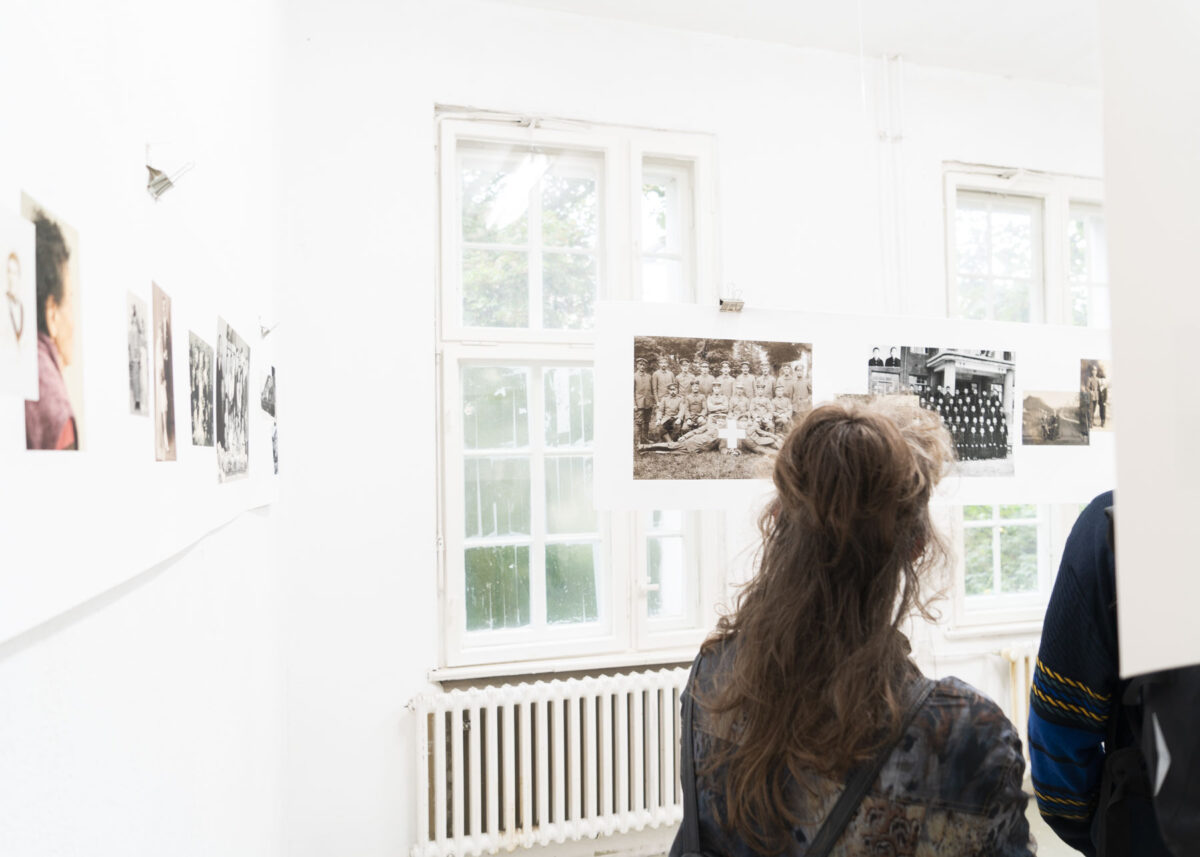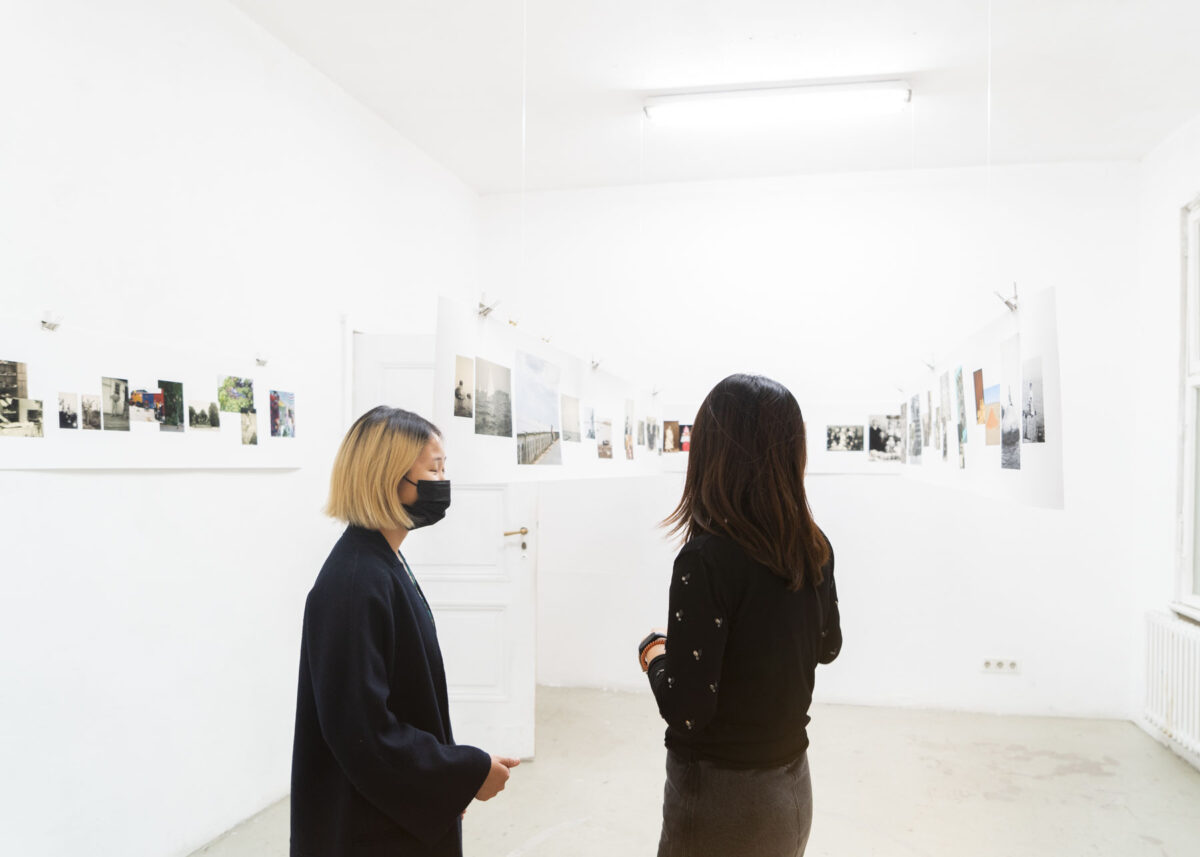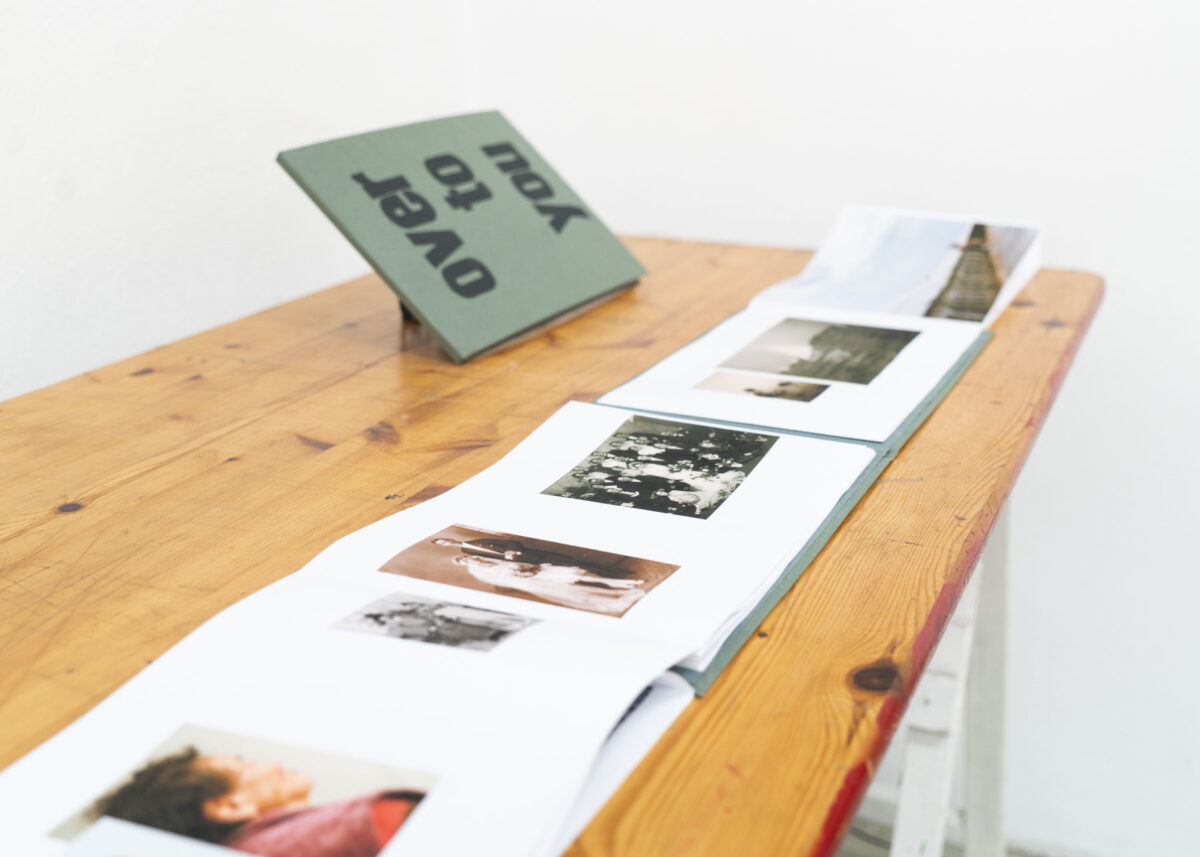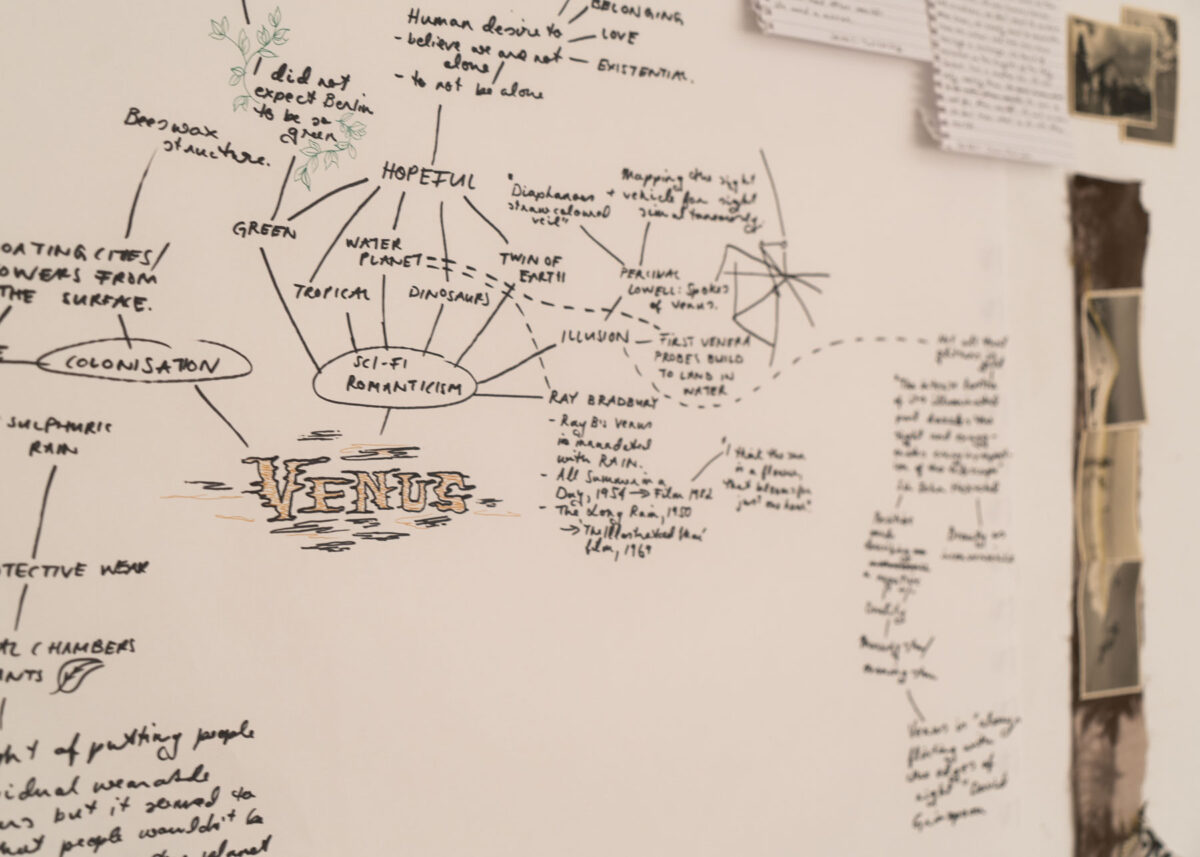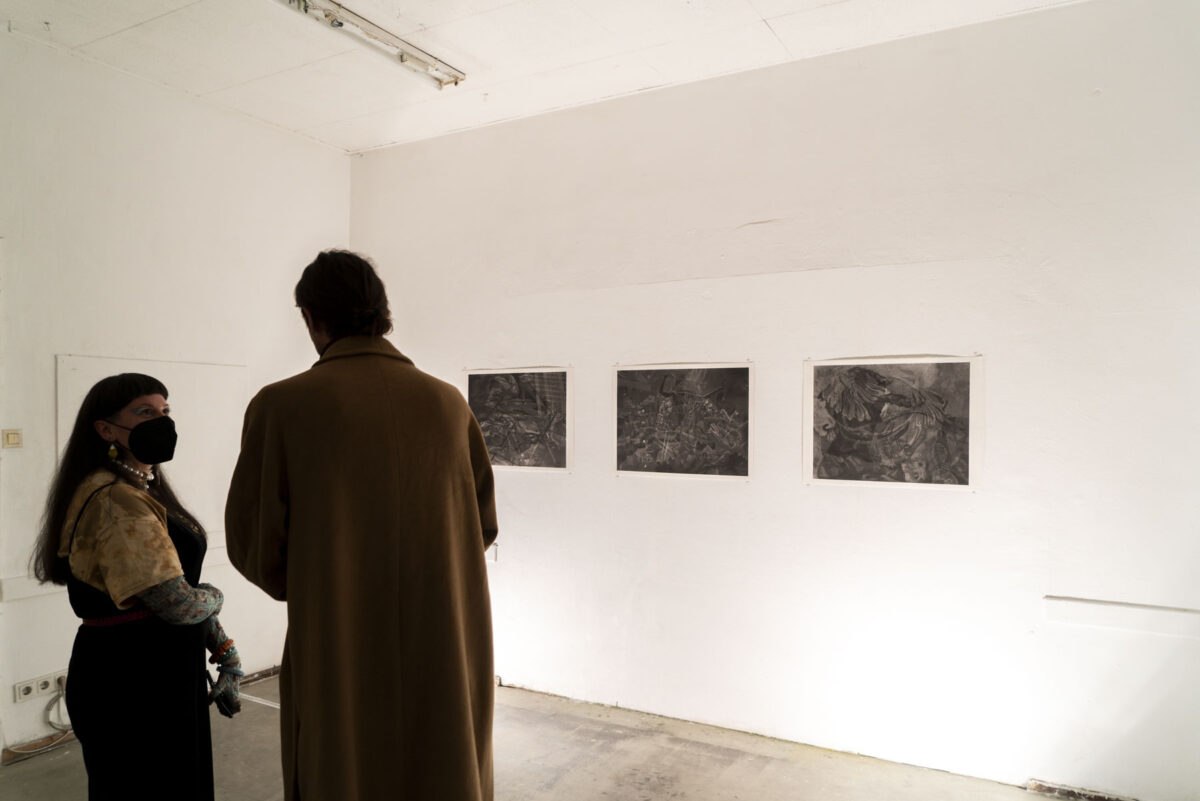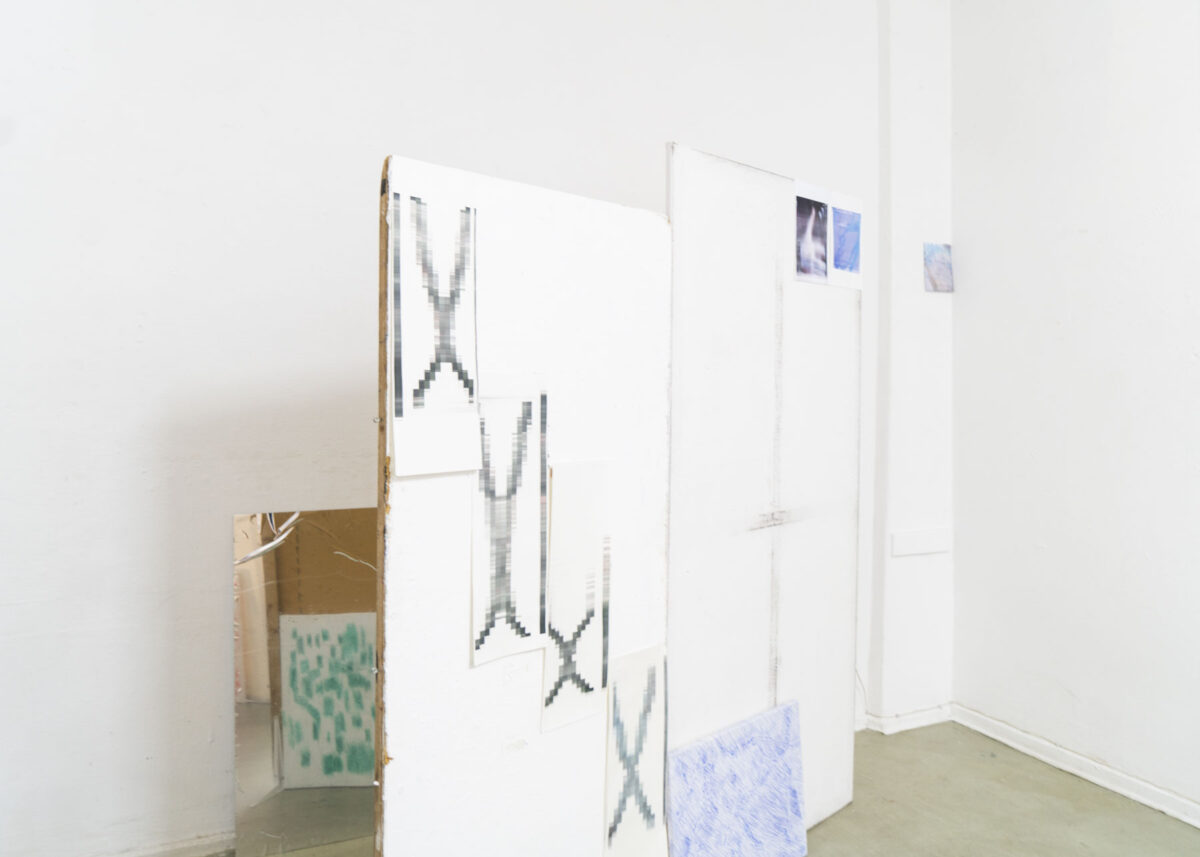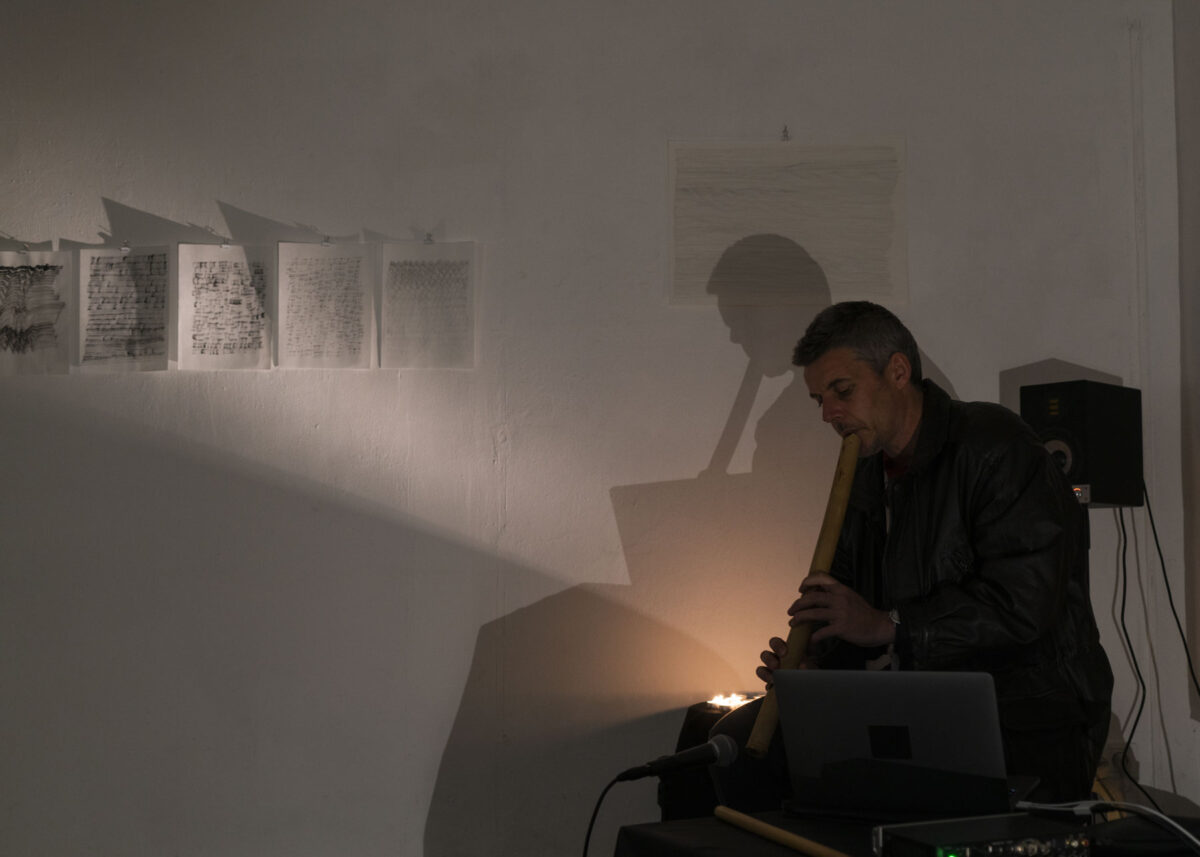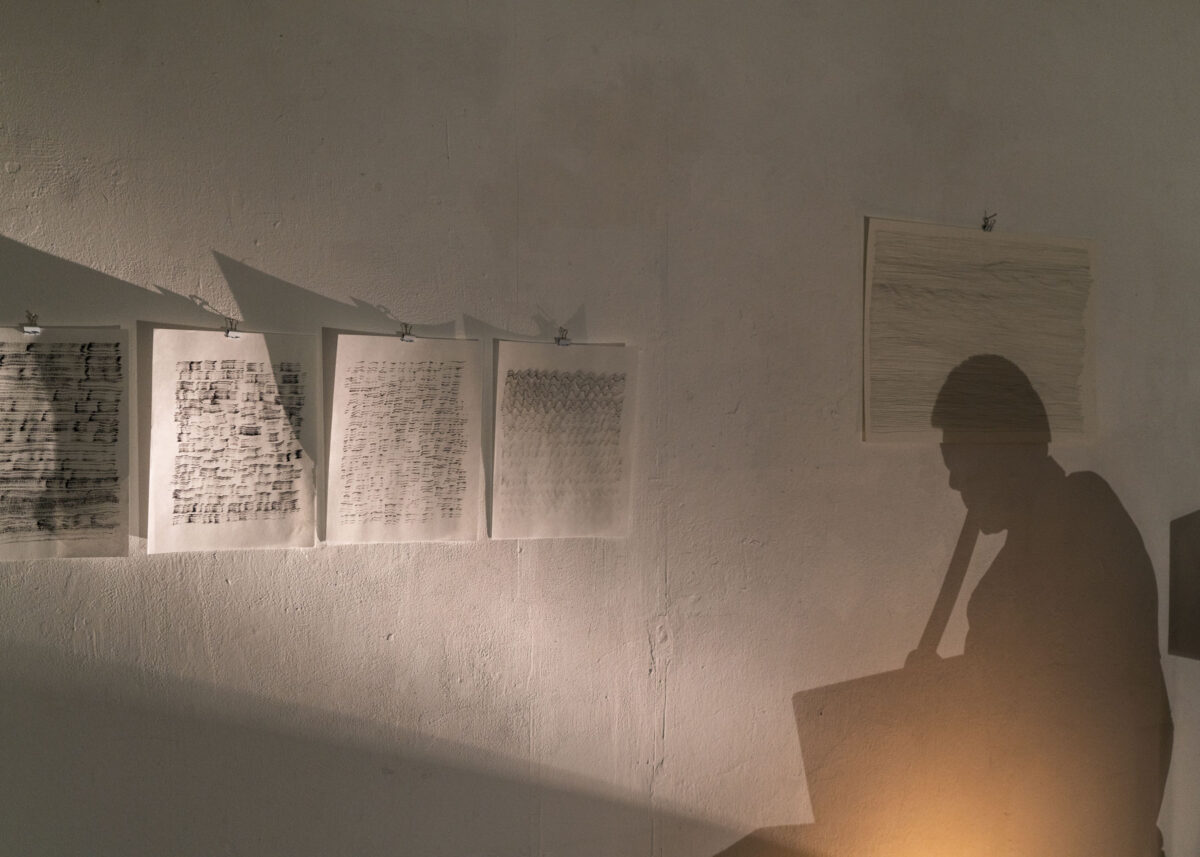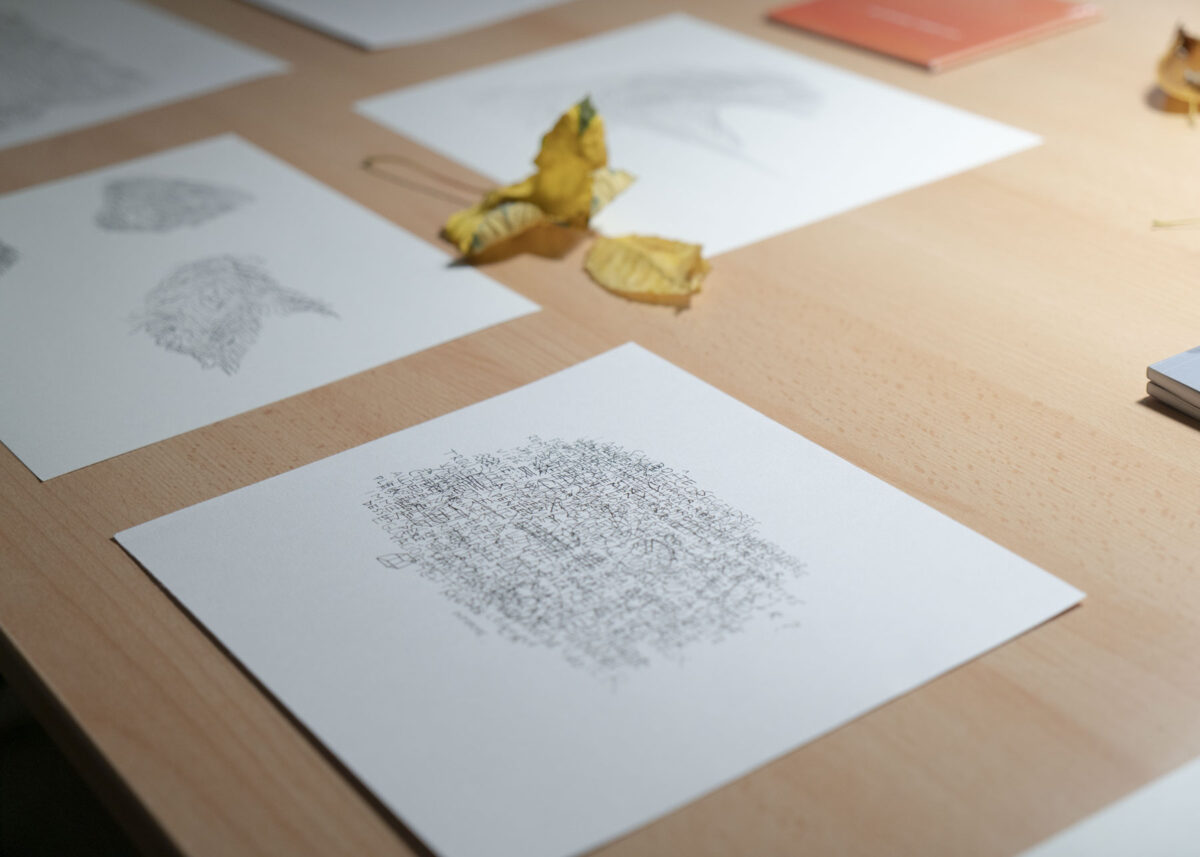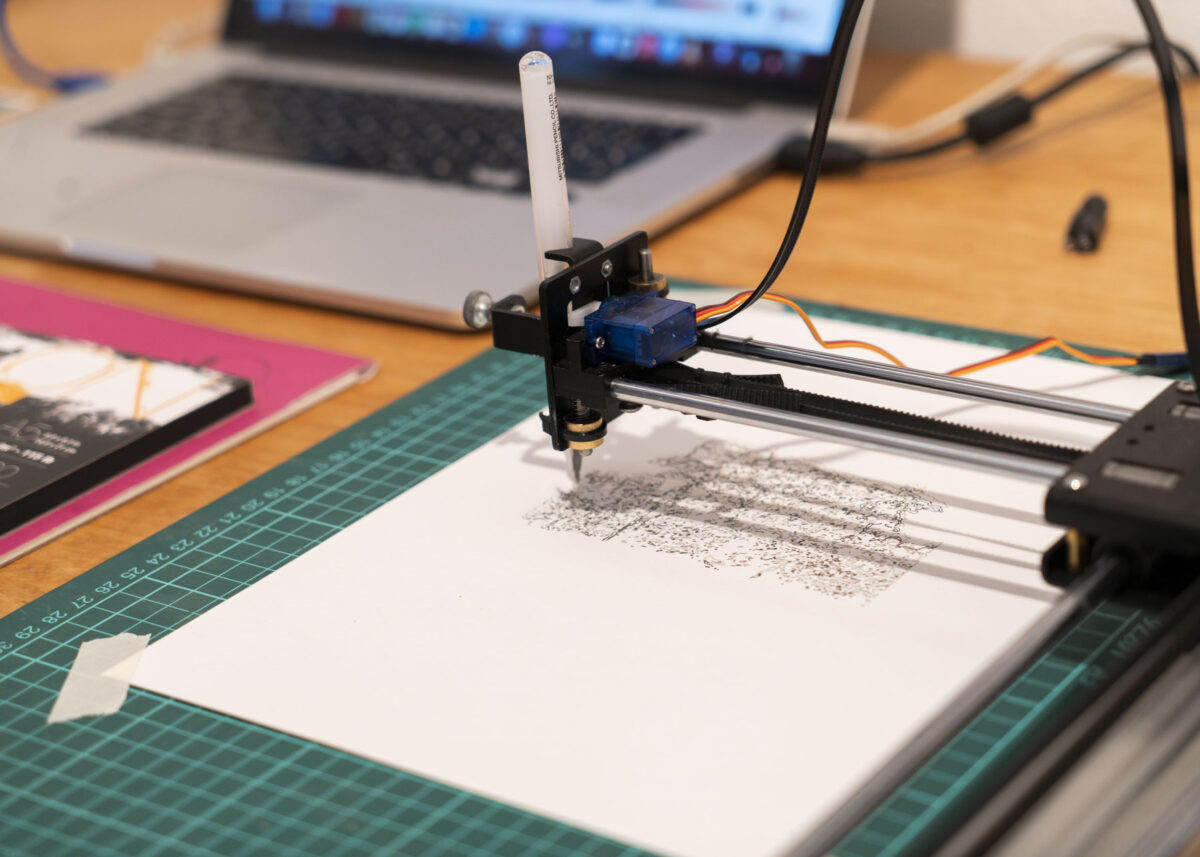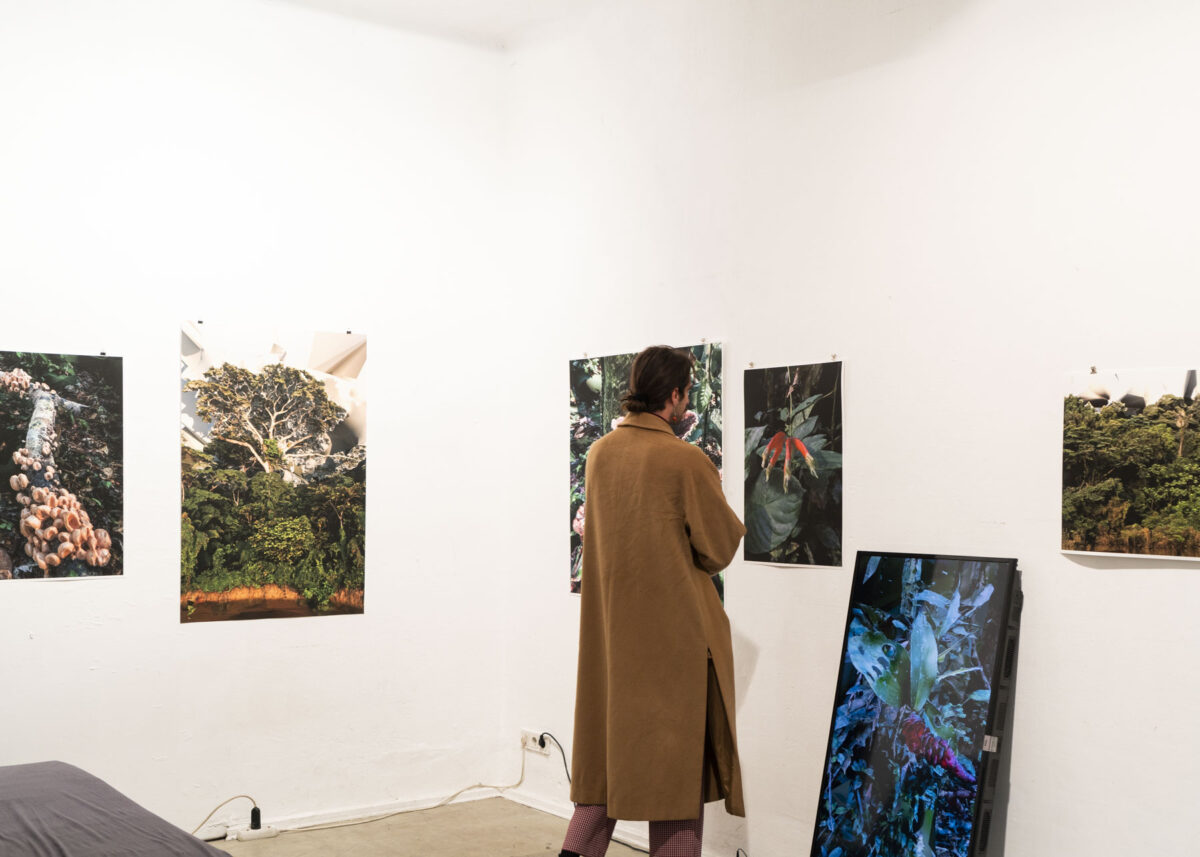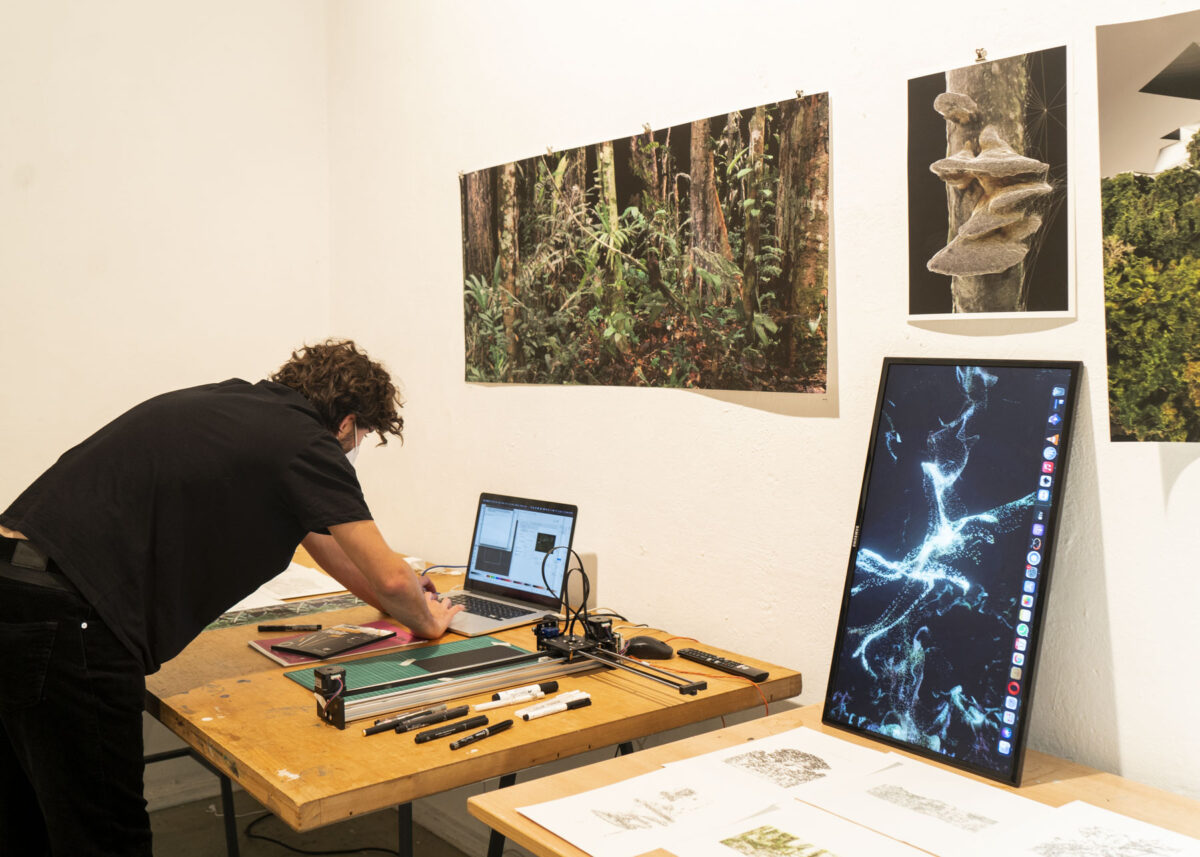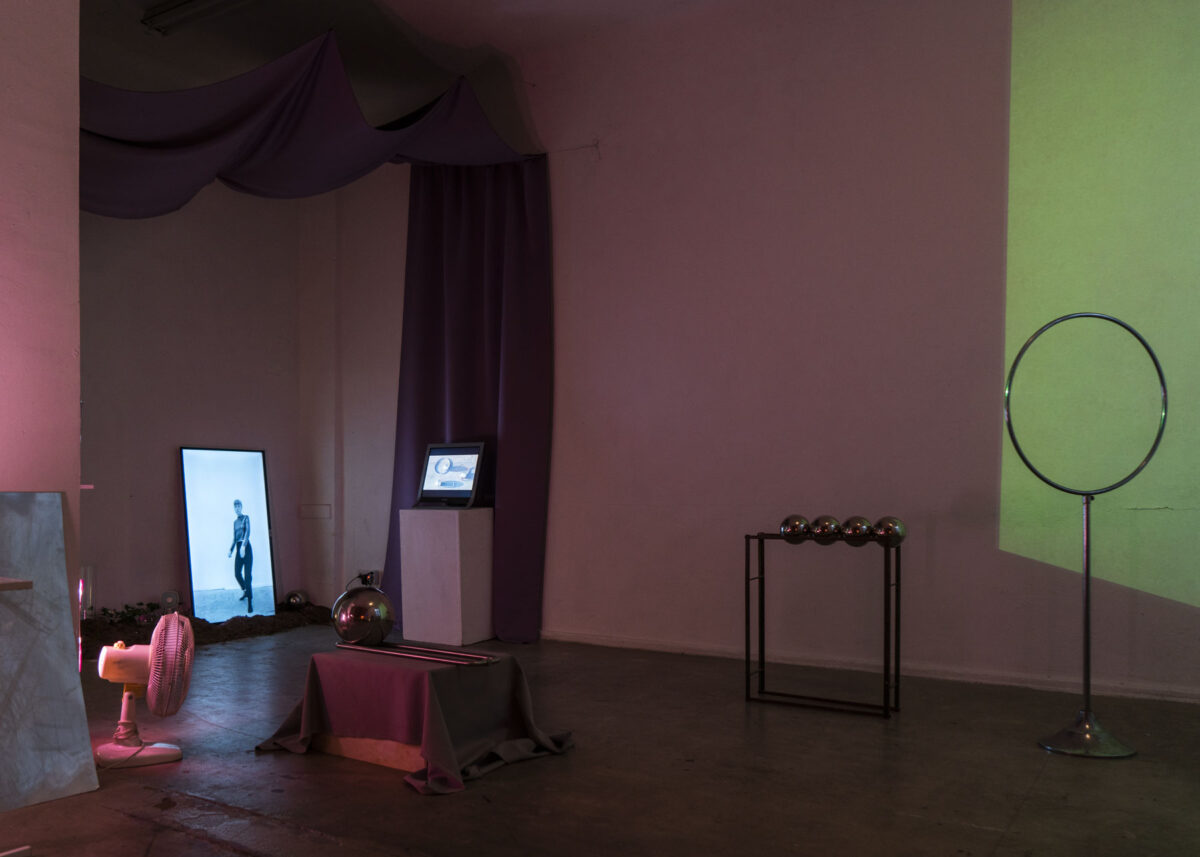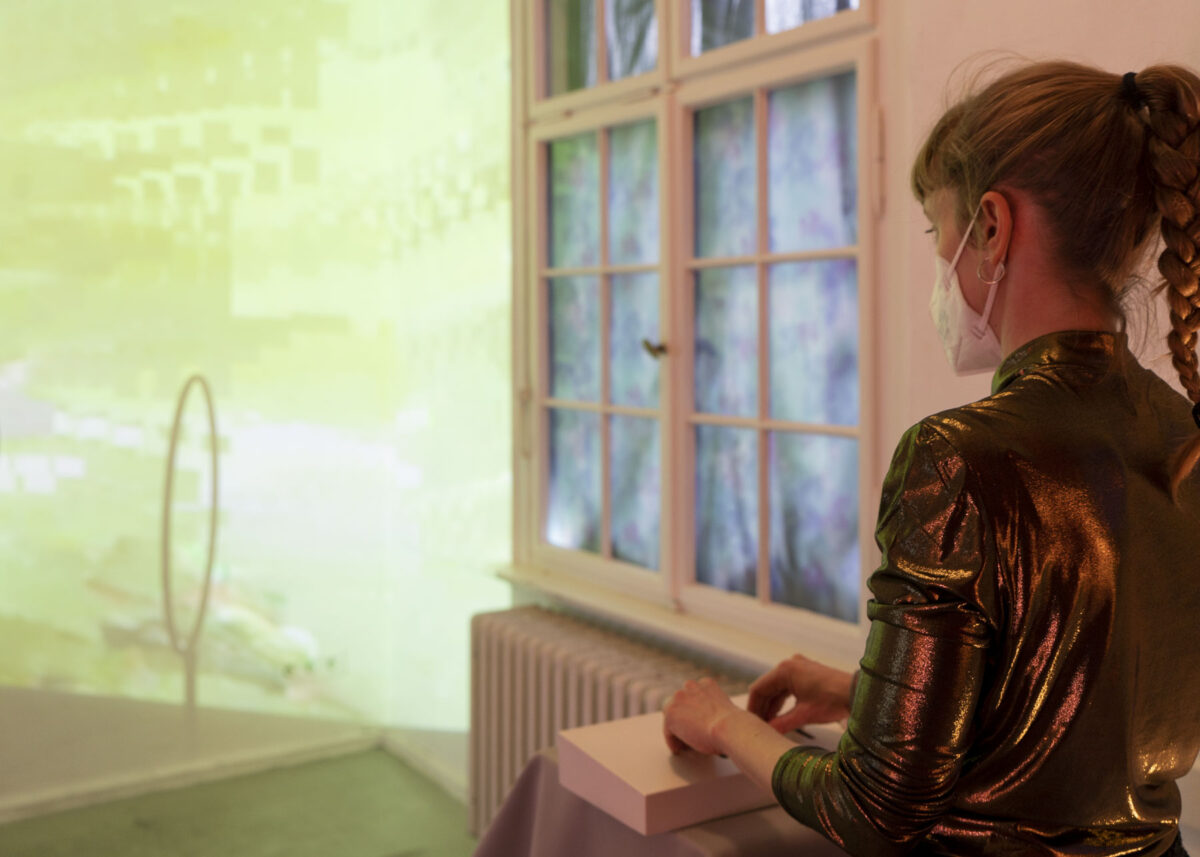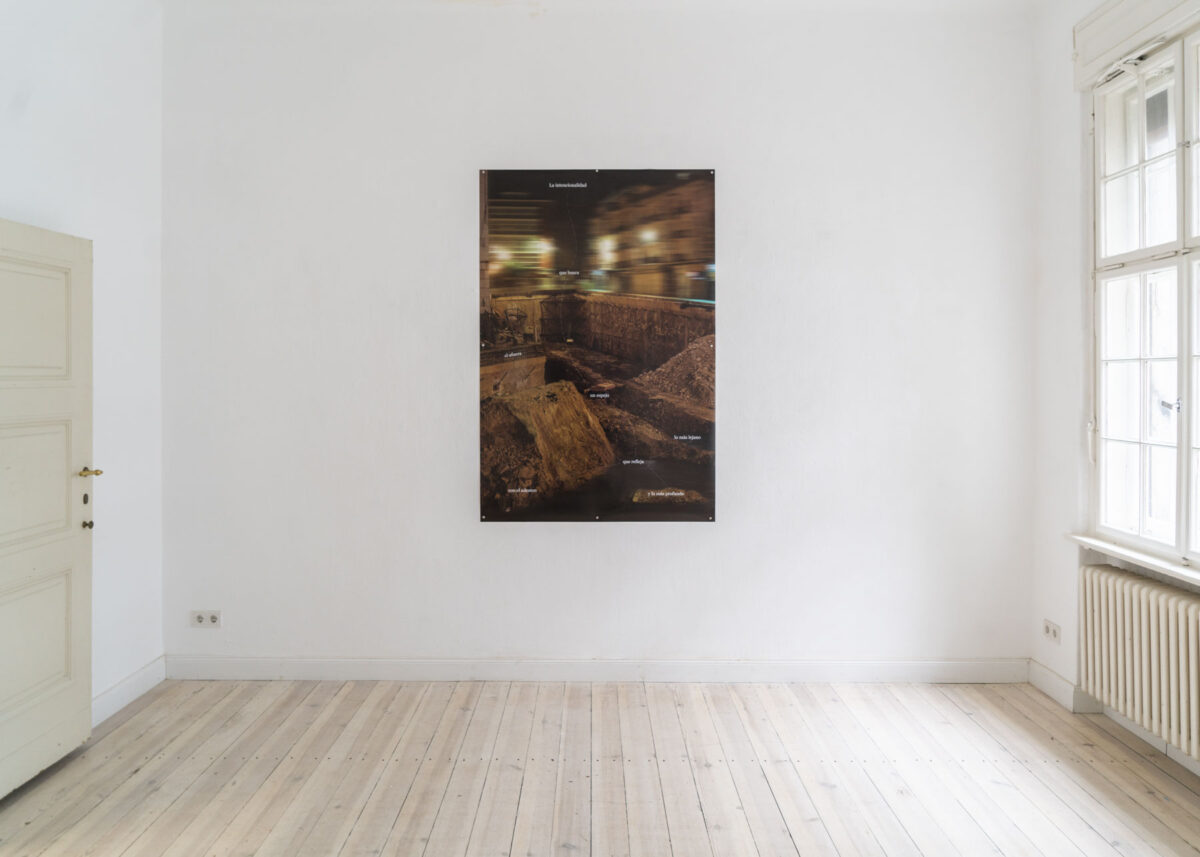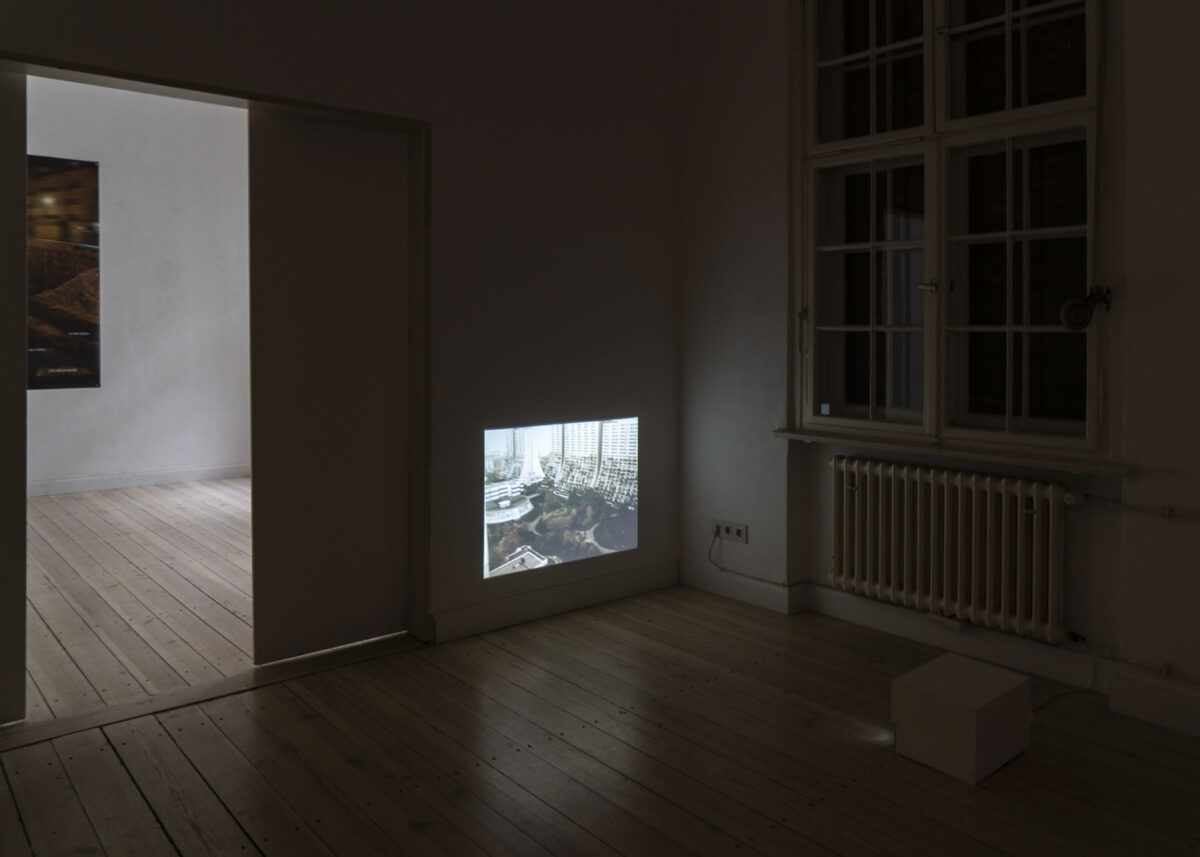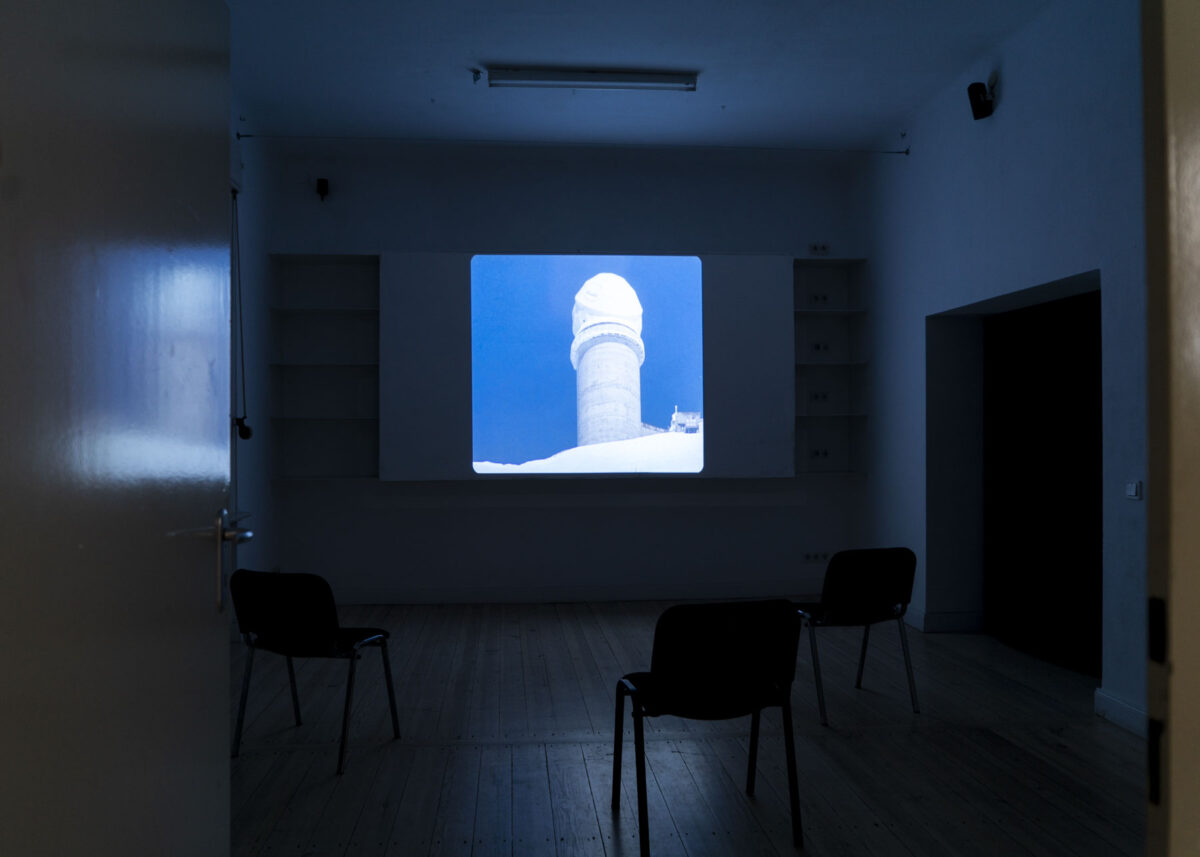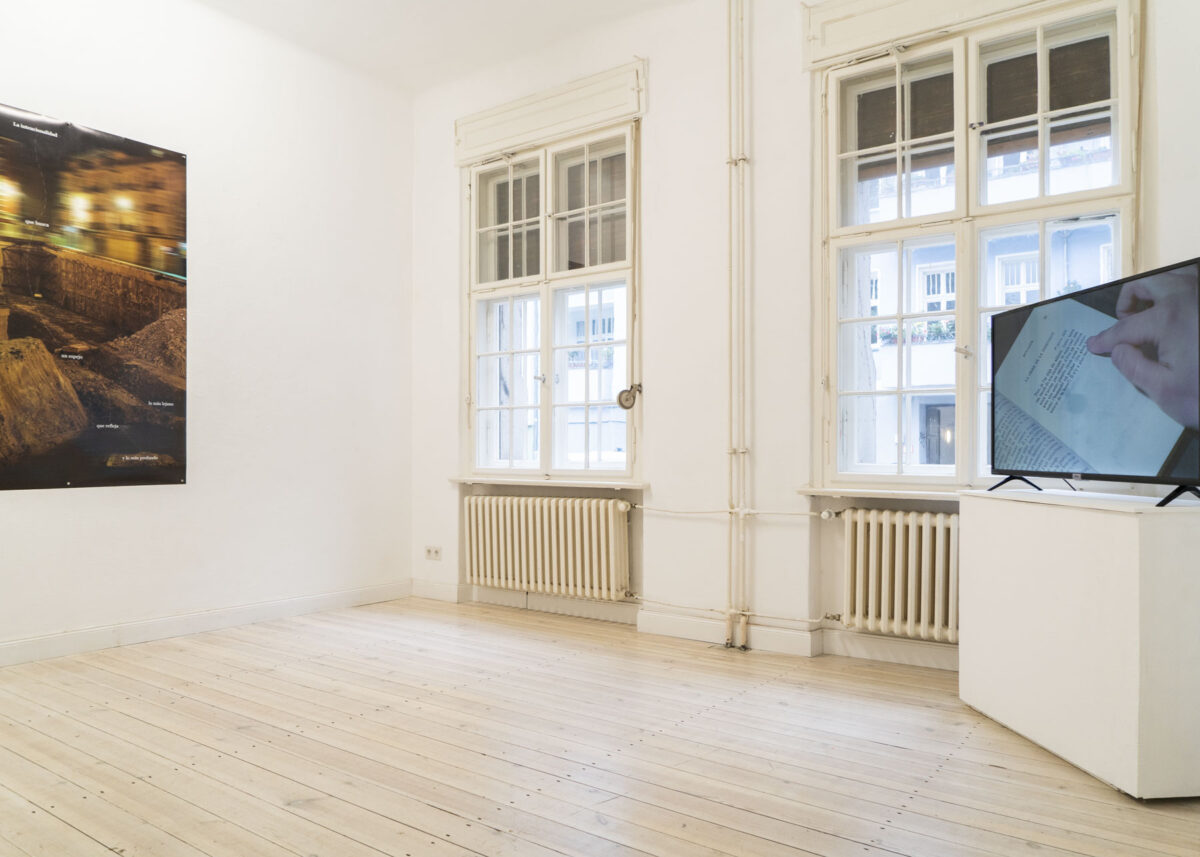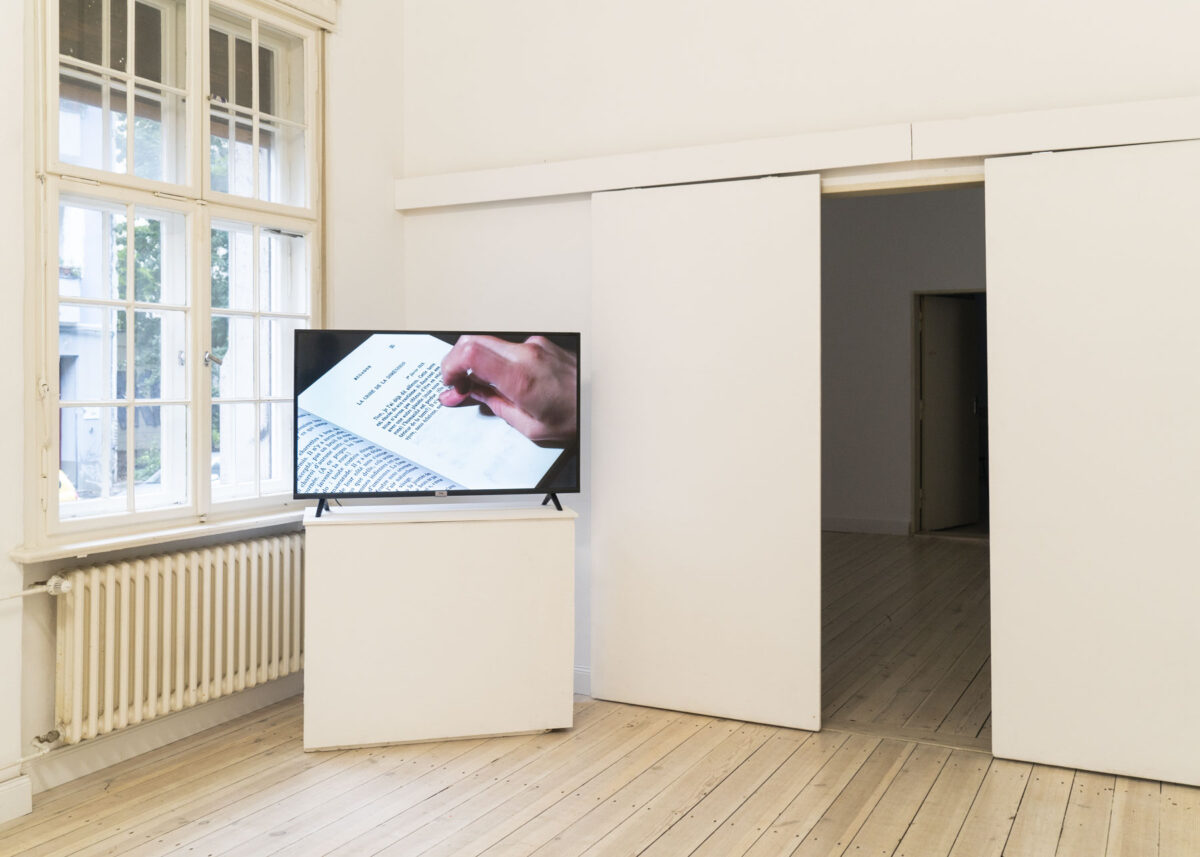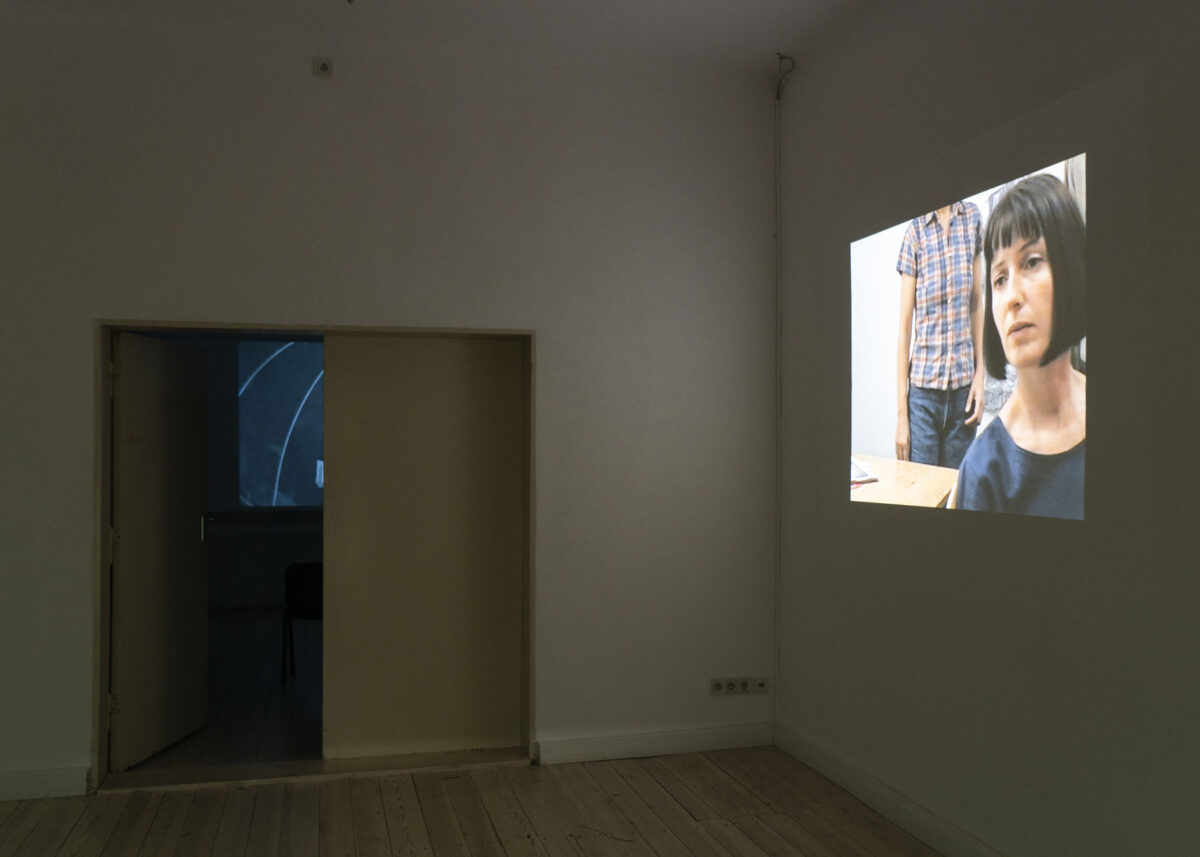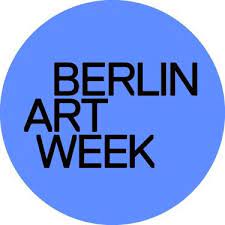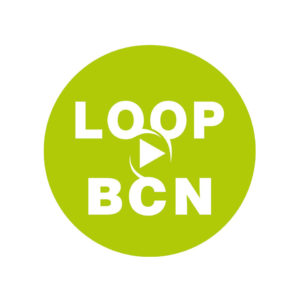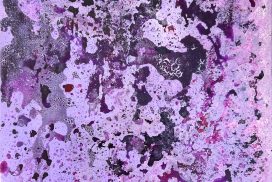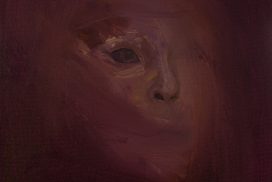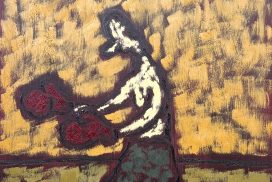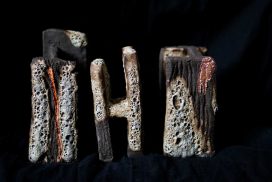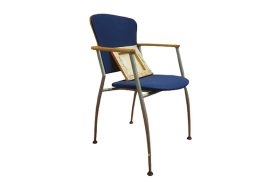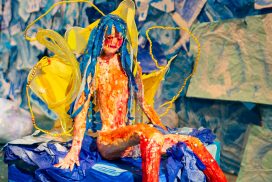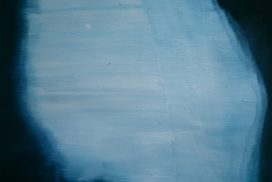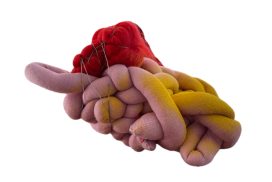The summer when limits were broken and lethargy was dusted off from our shoulders.
The group of artists in residence during this Summer Term 2021 has been bold, passionate, open and enthusiastic during these past three months, looking for new challenges in their artistic practices, jumping from disciplines, experimenting and opening new paths of action.
GlogauAIR, as an hybrid institution both based in Berlin and offering a virtual program, has been full of life, light and experiences. We appreciate the courage and the effort that the artists have put in both residency programs in which we, as an institution and as a team, are able to grow and defy ourselves too.
We have been immersed in the creation of a new video game by Nao Usami in which an amorphous form is the main character in a scenario quite familiar for everyone now: an empty lonely space, domestic but aseptic without the ones that we love who are far, far away. Some could think of it as an analogy of the methodology of remote work we have been following for the last year, in which we have been connecting with artists from around the world allowing us to keep each other company, getting to know other art communities, also different approaches and experimentations.
The Open Studios where limits were pushed and lethargy was blown away.
Charity Be is a contextual intermedia artist currently working on the relationship between the body, time and space. From a deep rooted philosophical and nature-related perspective, her practice combines video, sound, textiles, performance and sculpture, resulting in installations appealing to our senses.
How does one decide to move or choose a direction? Mette Sanggaard’s practice questions the interactions between humans, non-humans, objects and their surroundings. Through her pieces she challenges everyday actions and shifts the focus to what usually goes unnoticed, allowing new paths and changing the direction of our attention.
Both Be and Sanggaard have also been working together on Everything in Life is Vibration (Albert Einstein), a participatory performance in which both artists reflect on magnetic fields and the vibrational effects on and between the bodies.
Introducing a new view on images, Cristina Santos Muniesa experiments with painting and the role of images in our current society. Dissolved images and unintelligible screens are some of the mediums she uses to present the visual acceleration culture we live in and the loss of meaning that comes with it.
ChaeWon Moon shares through her images a chaotic world: confused situations or anarchic sequences. Her work in fluor colors painting, embroideries and mixed media installations talks with irony and humour about the nowadays public space, full of rules and restrictions.
The powerful colors are also present in Anfal AlKandari eclectic artworks, from her drawing, paintings and digital impressions to the interactive installations that mixed images, light and a pinch of popular references and languages. Her work is a complex layered work of emotions, memories and experiences from her surroundings covered with optimism, emojis and symbols that make her work recognisable and cheerful.
The new projects in which limits were disrupted and lethargy was scattered.
The most recent project by Sinéad Aldridge has been developed from a personal and emotional experience that she is sharing through a formal research connected with art history and philosophical references alongside with very gestual painting. The working process functions as a therapy to research and question aspects of the end of life, the weight of the body and ancient traditions around death.
Like a hunt to the past, hidden memories and anonymous stories Mimi Youn recovers and collects images to set up visual narratives. She regards photographs as a link between the outside world and human being’s inner desires.
Vincent Laju’s pieces are born from an experimental soil. Using mediums such as the shakuhachi, cello and drawings he creates electroacoustic compositions. During the past 3 months Laju has been focusing on the notion of uselessness and the lack of purpose, proposing an experimental sound experience to which every person can relate to differently.
Franco Palioff‘s works faces the viewer with social constructions and norms he abruptly criticizes and makes us reflect upon. Introducing artificial knowledge and computery machines to his pieces, Palioff’s latest piece literally puts himself under the yoke of gender and neoliberalism stereotypes.
Álvaro Rodríguez Badel is not content just with the sight of nature, he is determined to use technology to reshape and reconfigure the way we look at ecosystems, interconnections and organic forms. He uses 3D scan to translate complex natural environments to virtual spaces and images.
Roxy Richens brings the exterior space to talk about displacement, romantics imaginaries and dreaming about new scenarios. Frames and the frozen images of mythical films like Solaris by Andrei Tarkovsky or the soviet Planeta Bur by Pavel Klushantsev are superposed and layered in big format, detailed and charcoal drawings.
A new group of resident artists whose limits were challenged and lethargy was dissipated once again.
Text by Laura Olea López, Maria G Latorre and Lauryn McNamee

